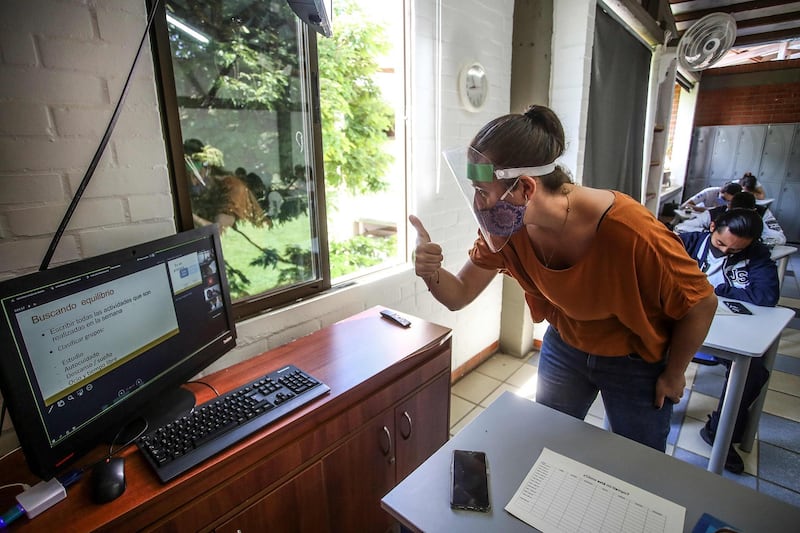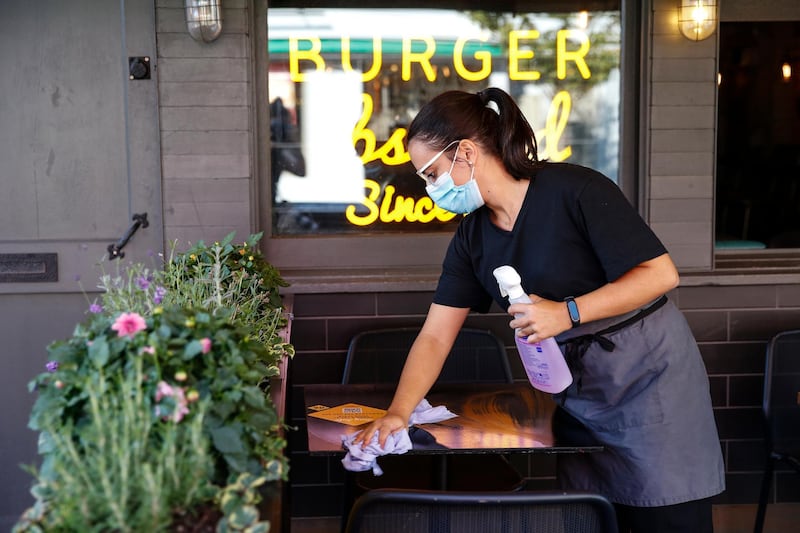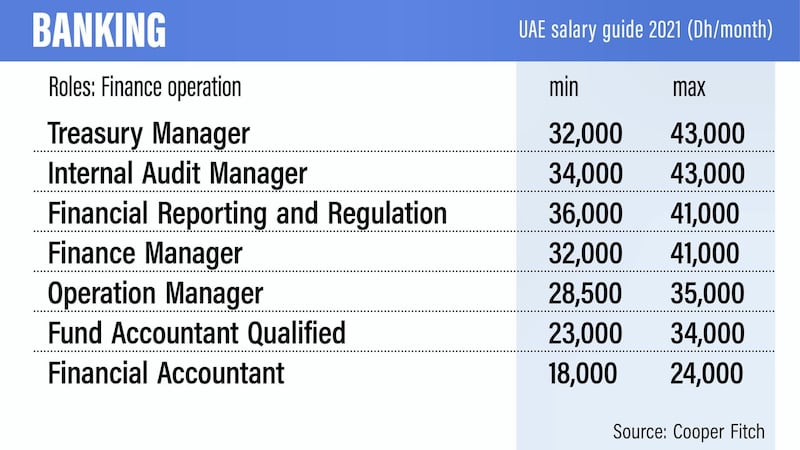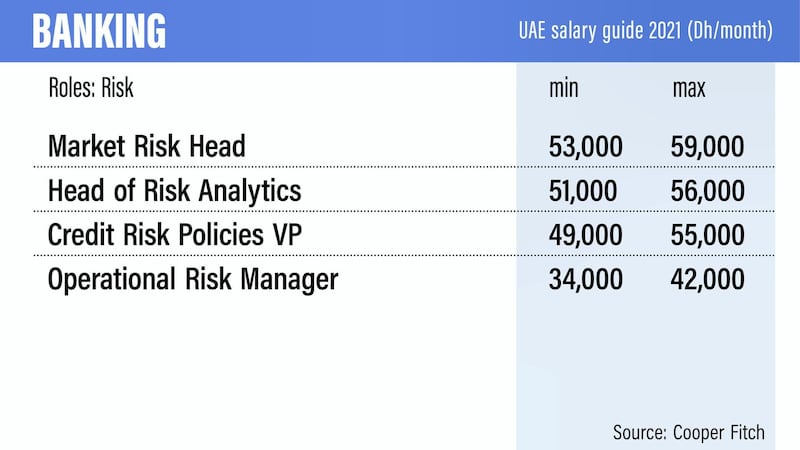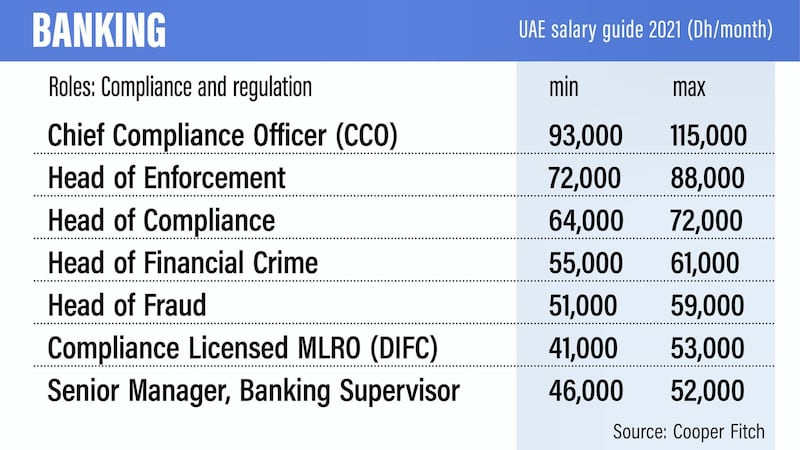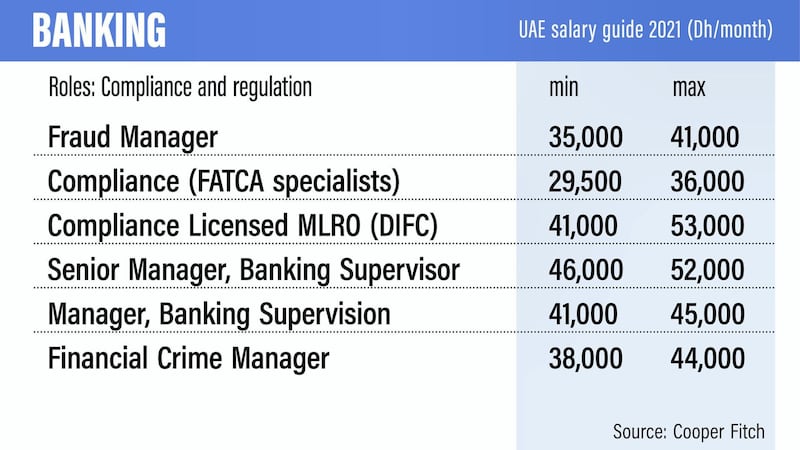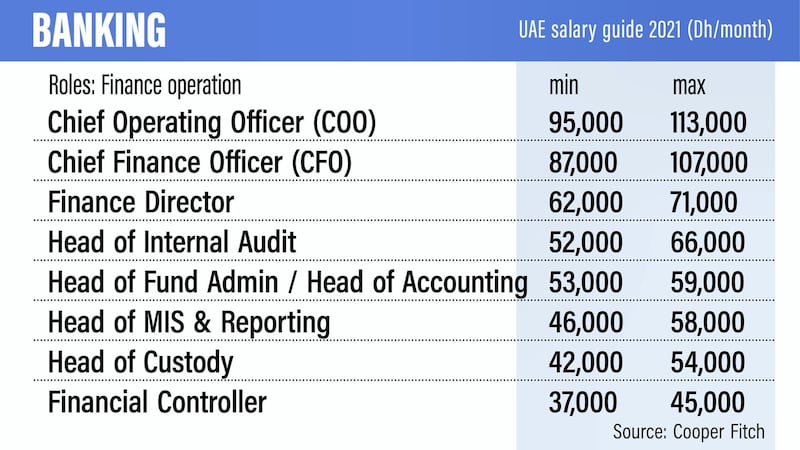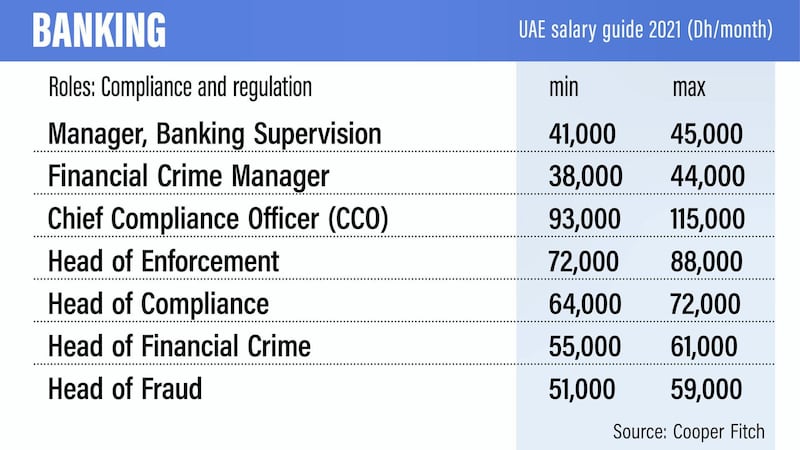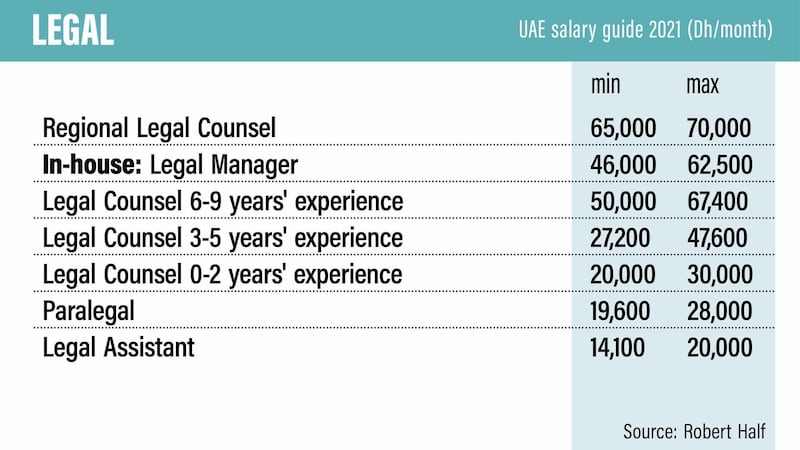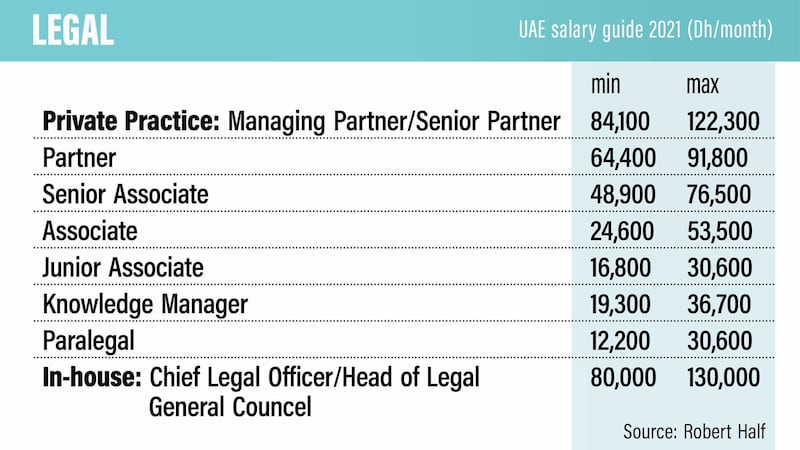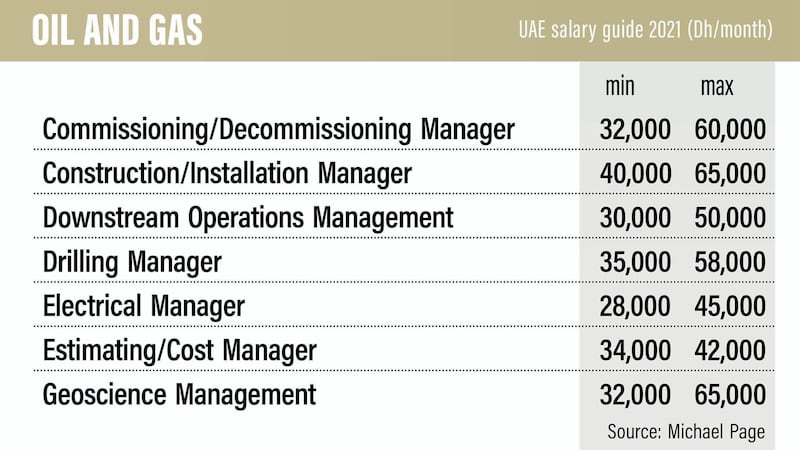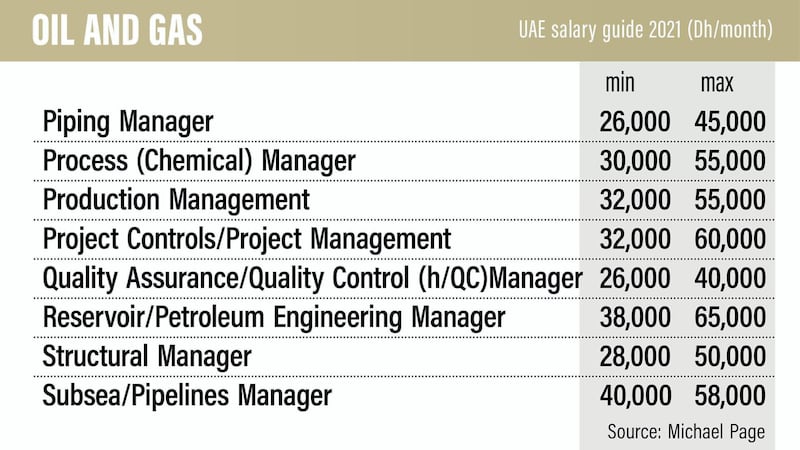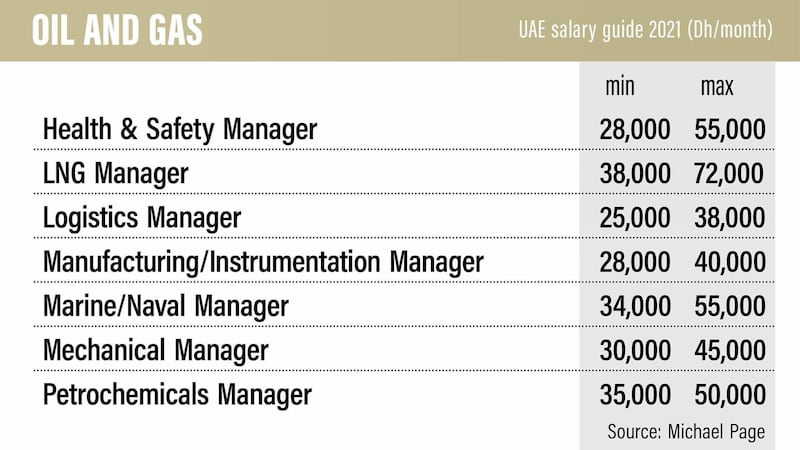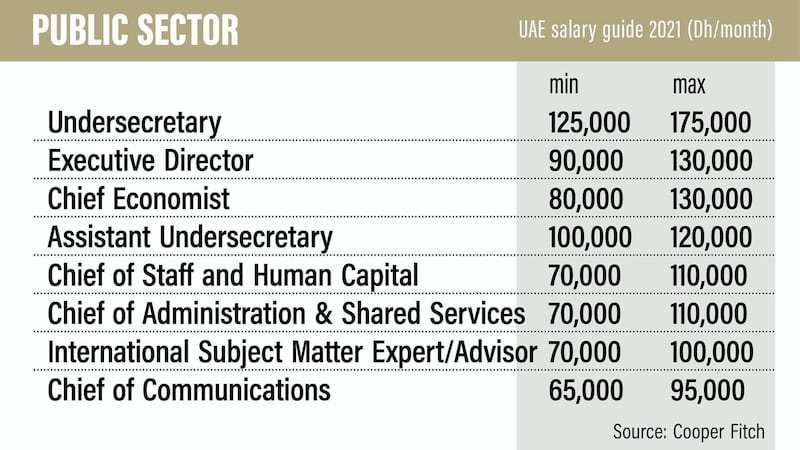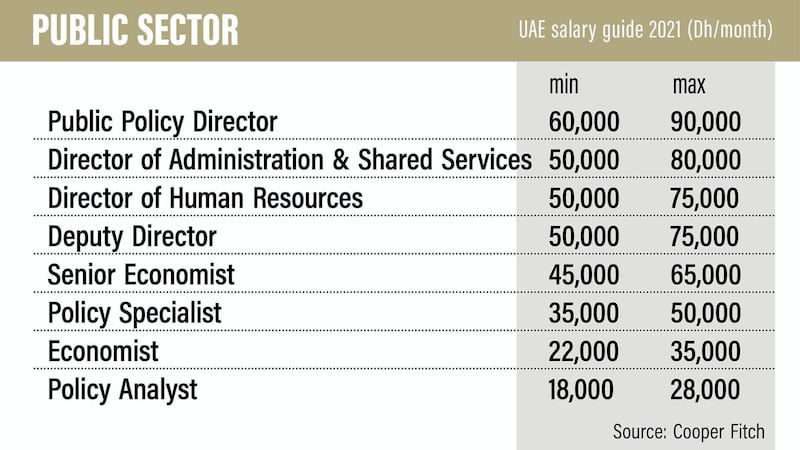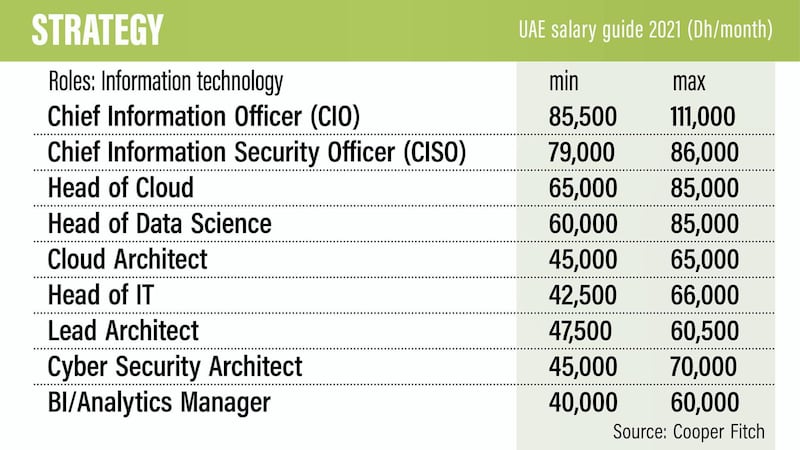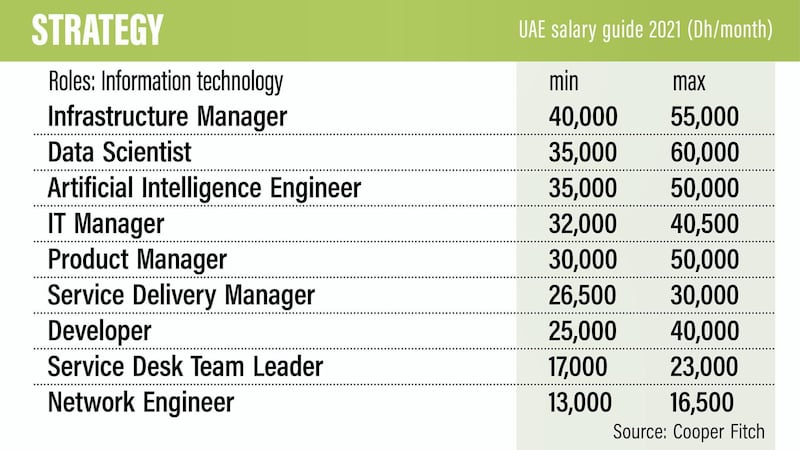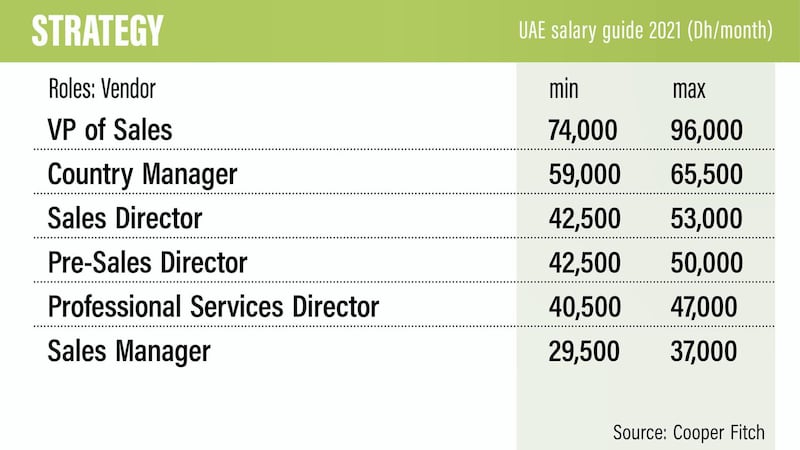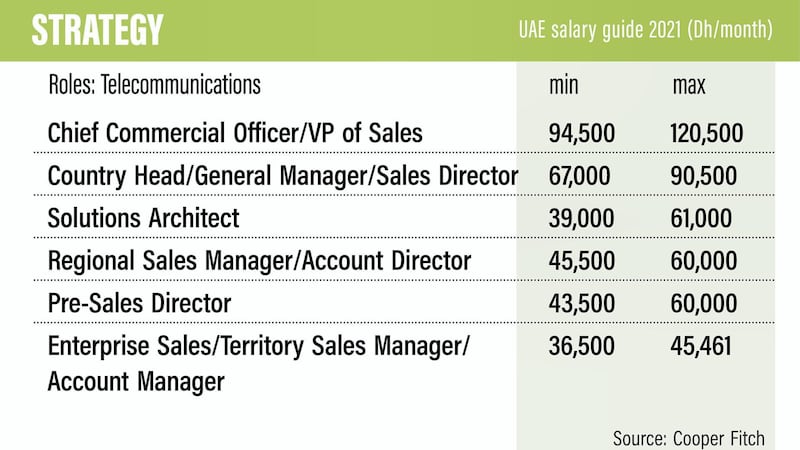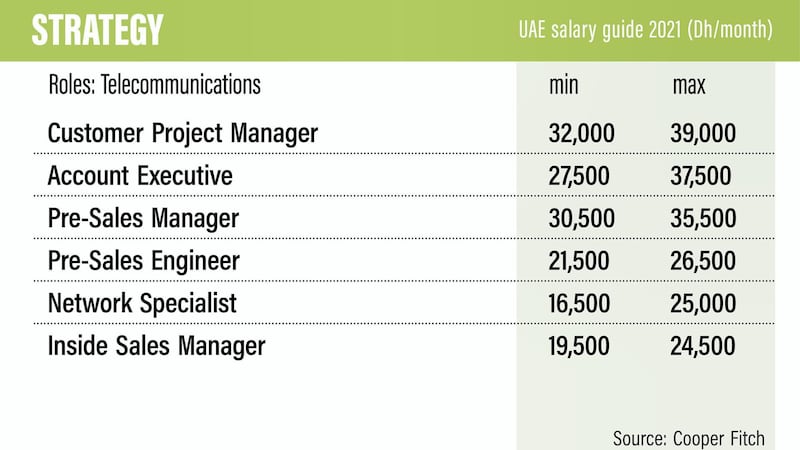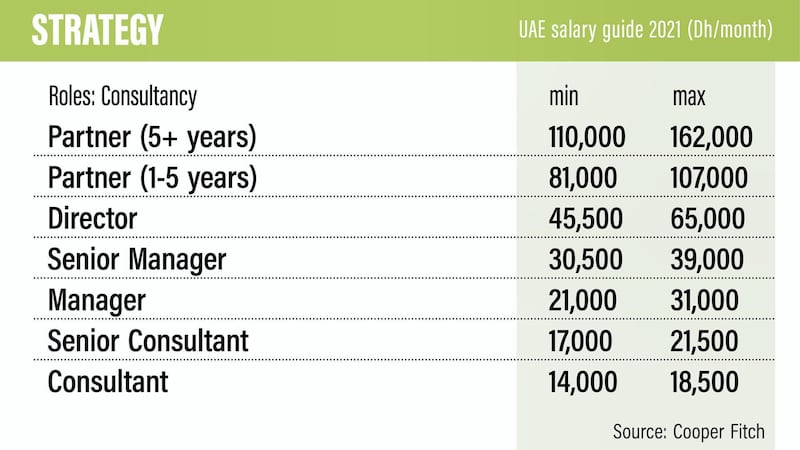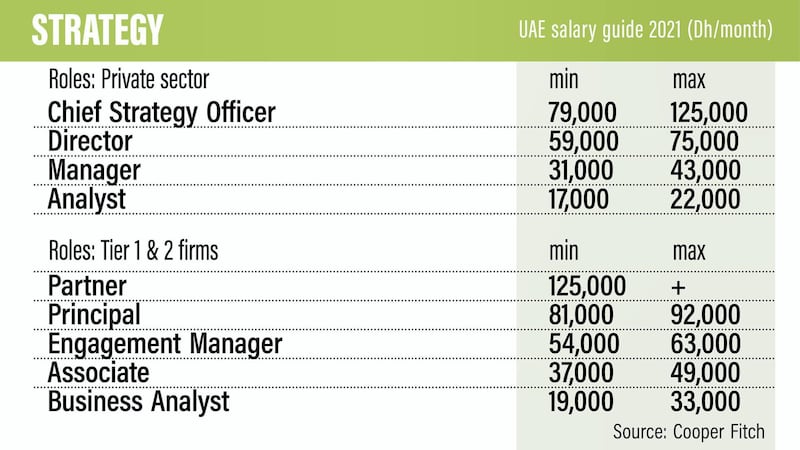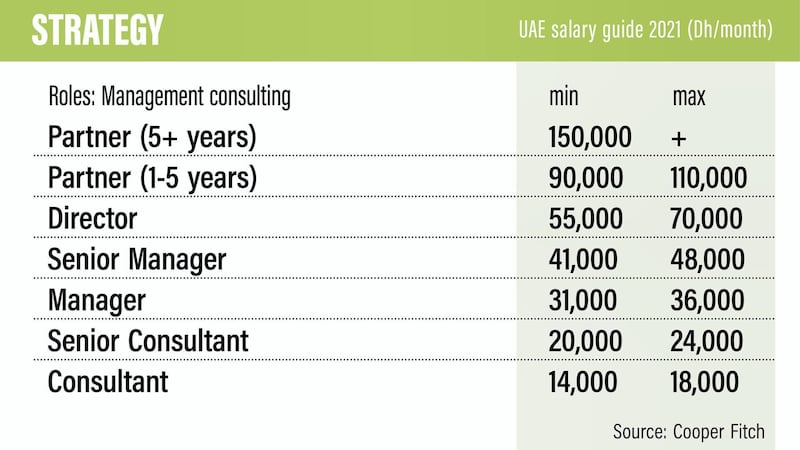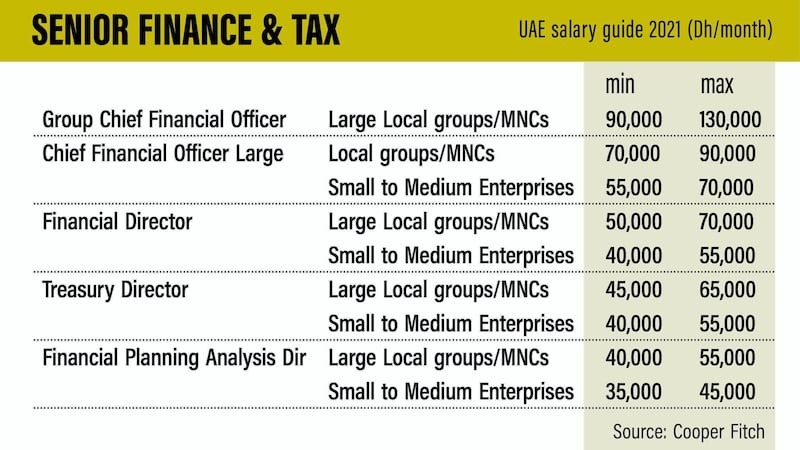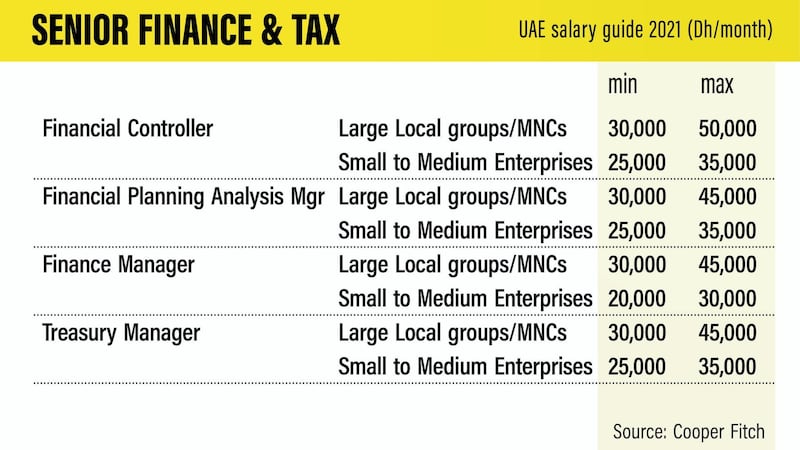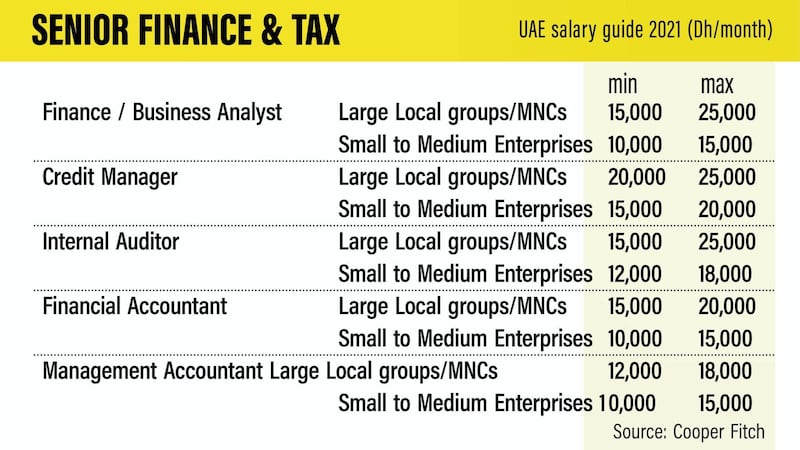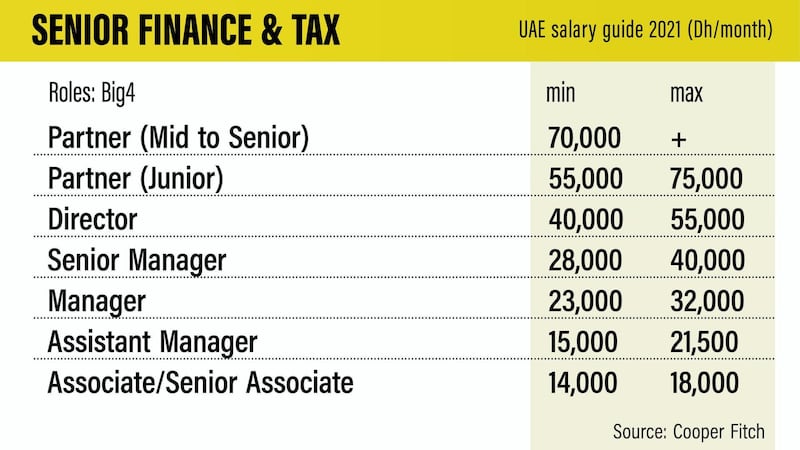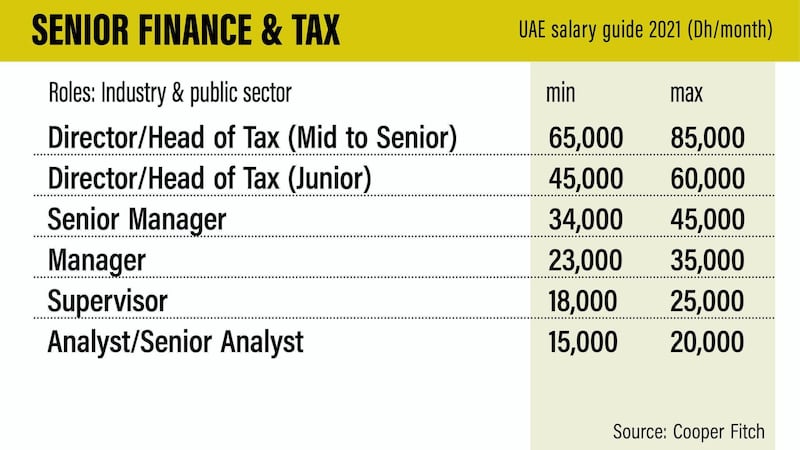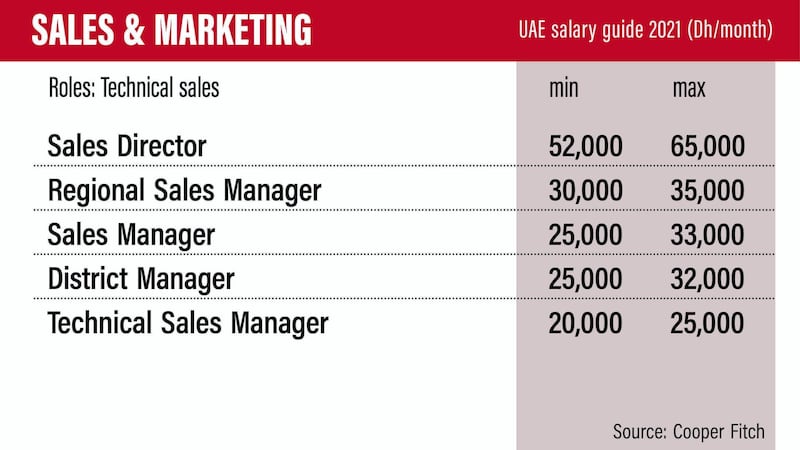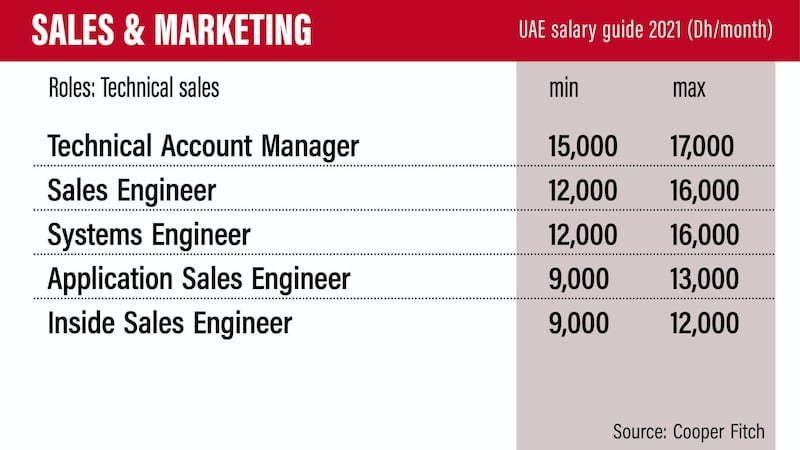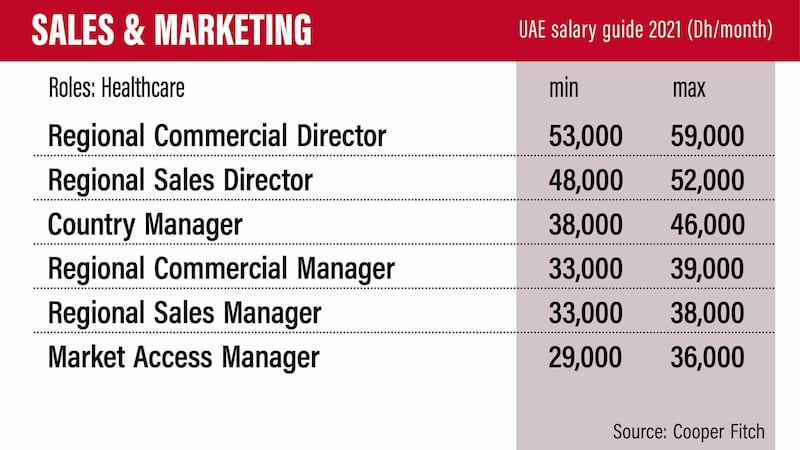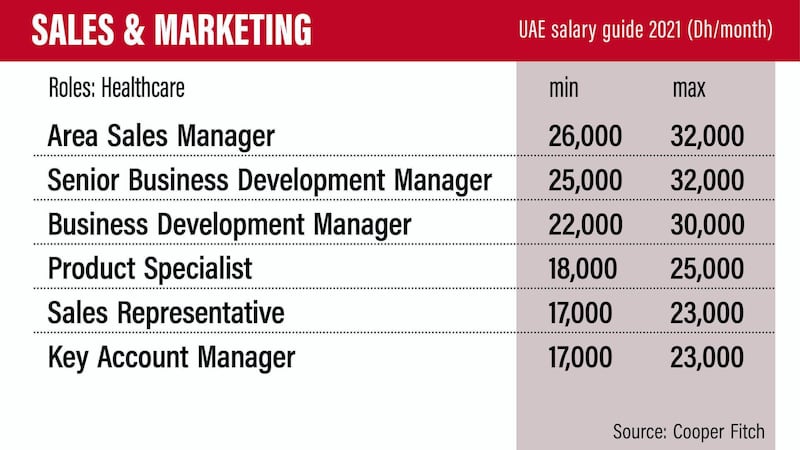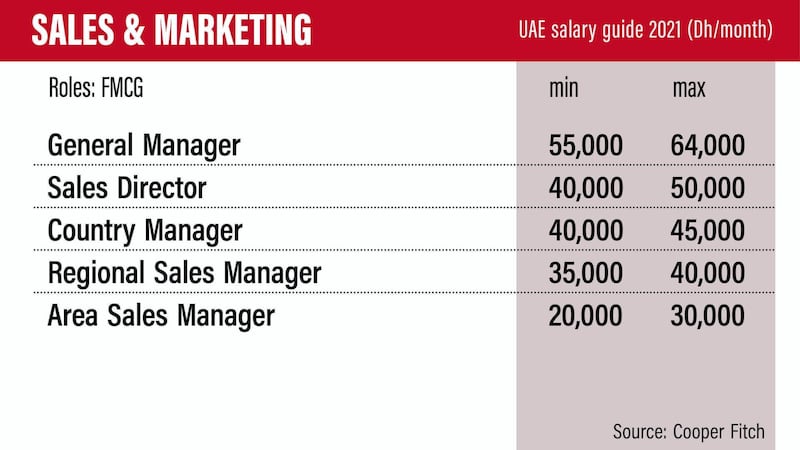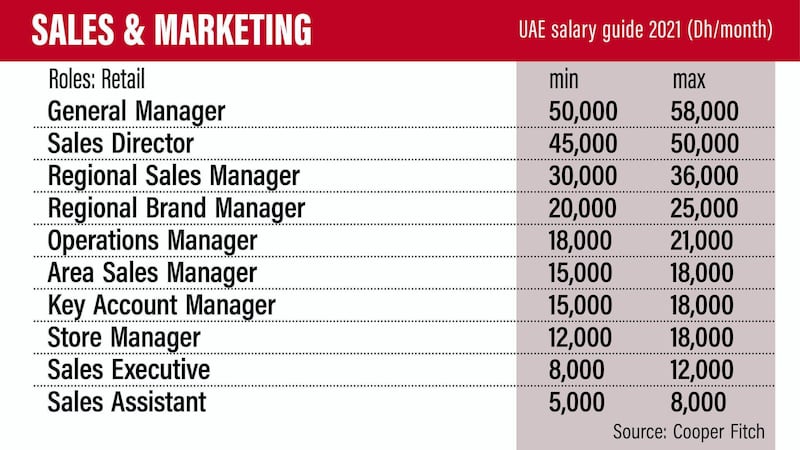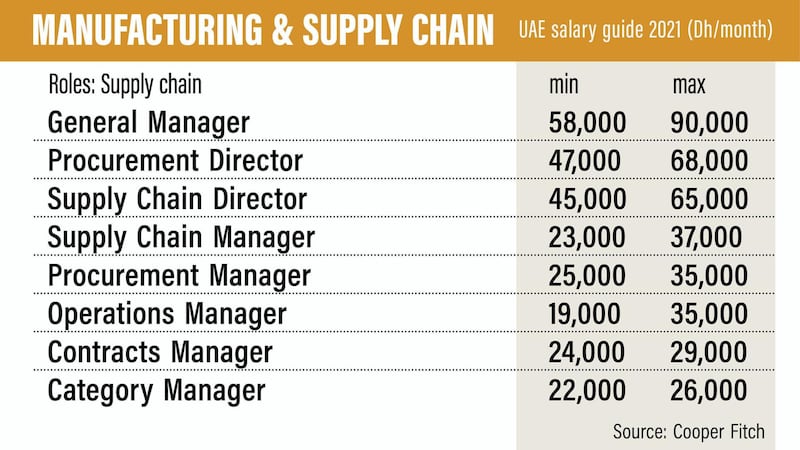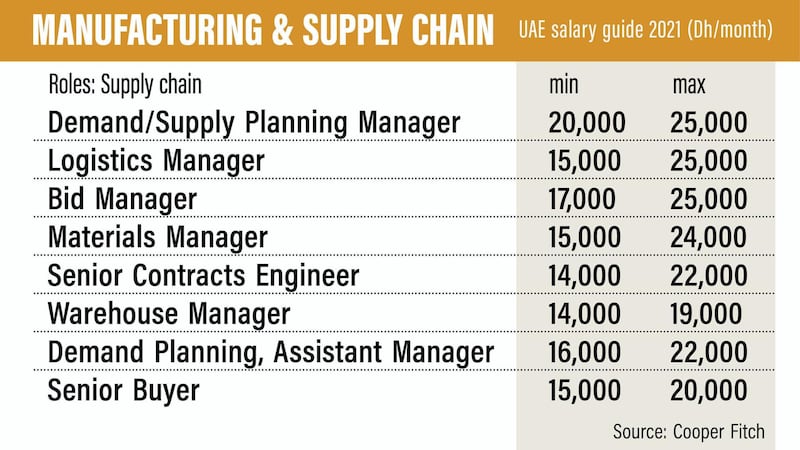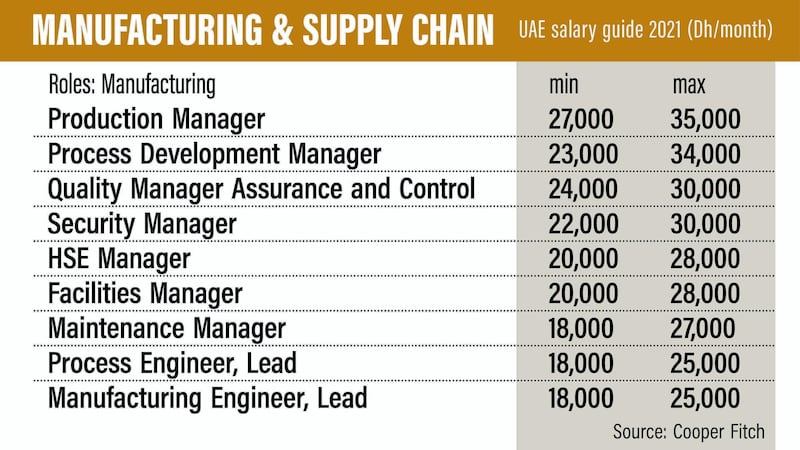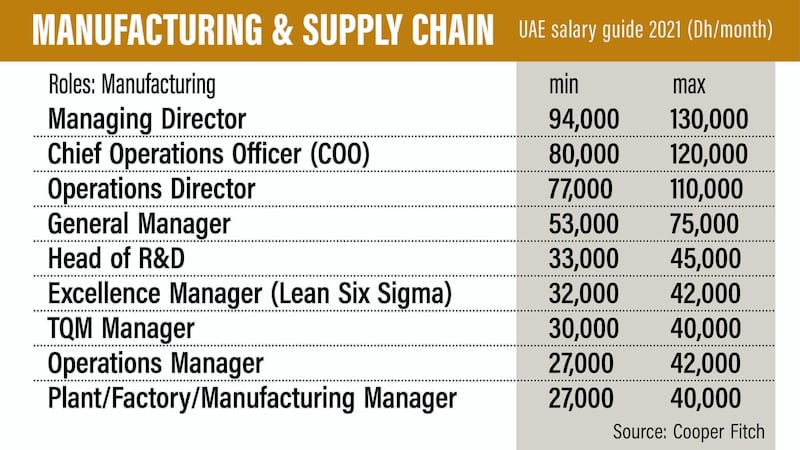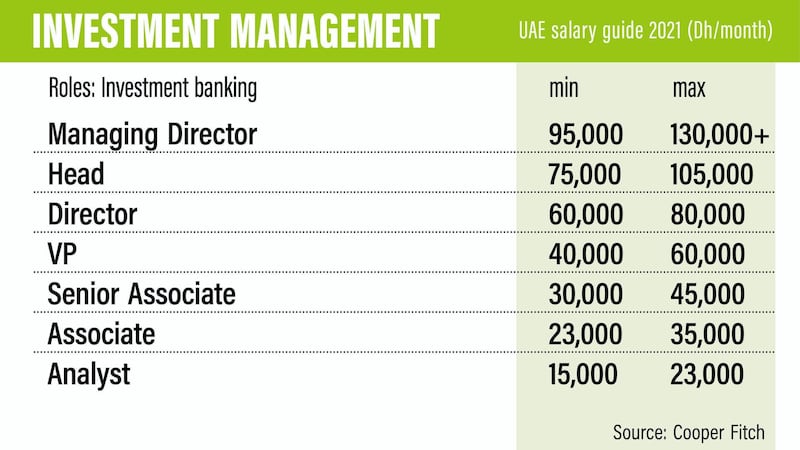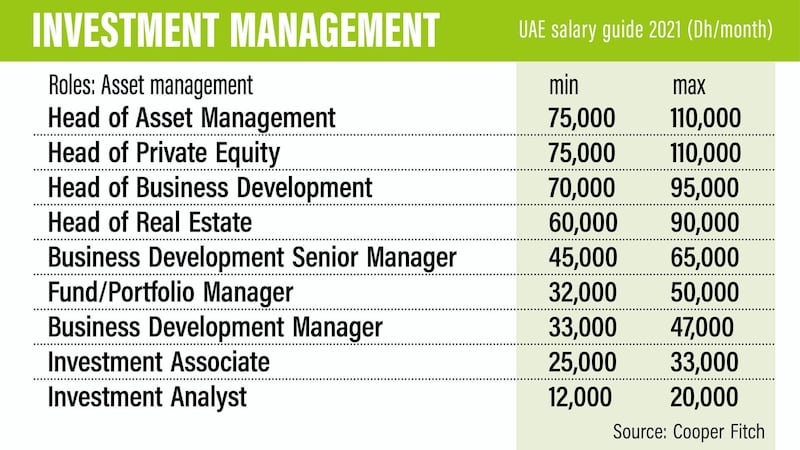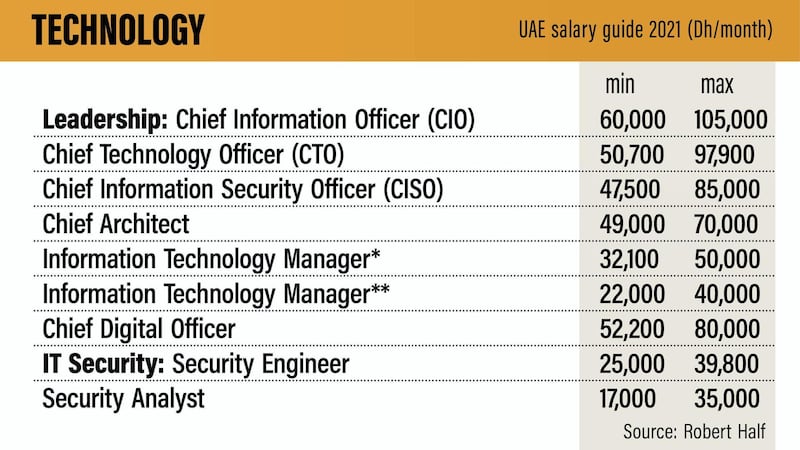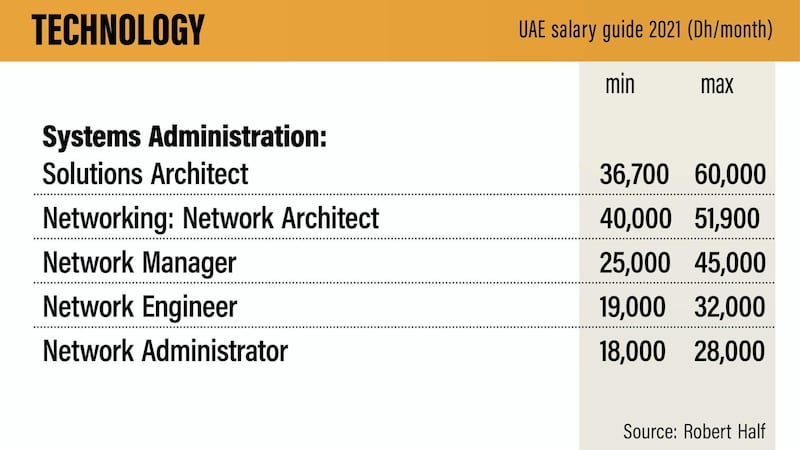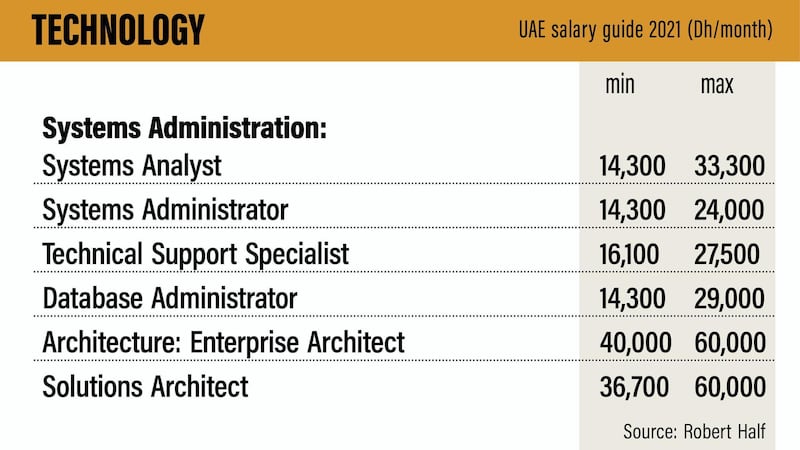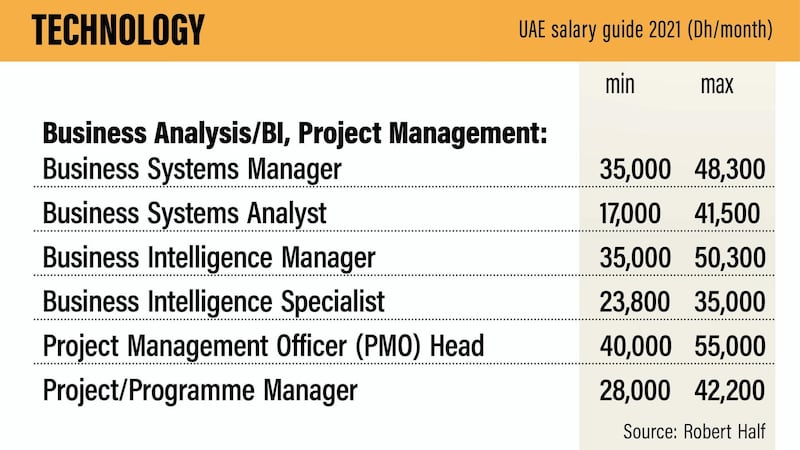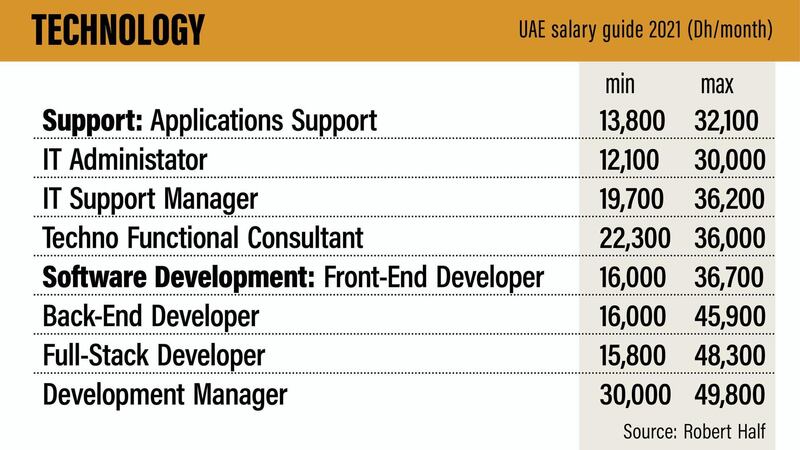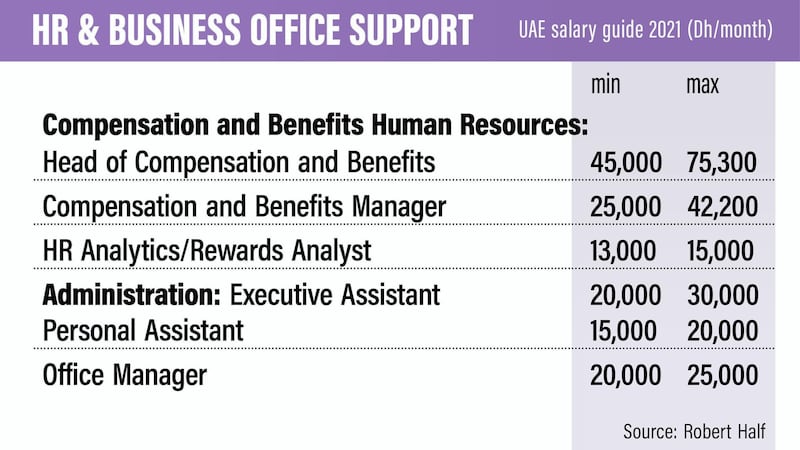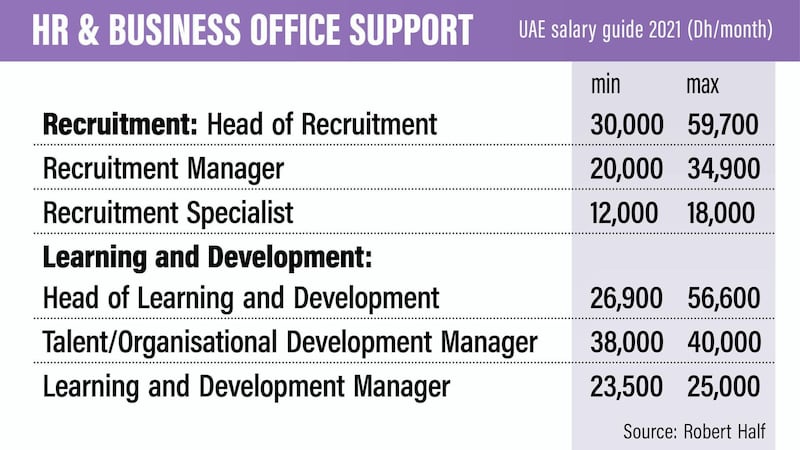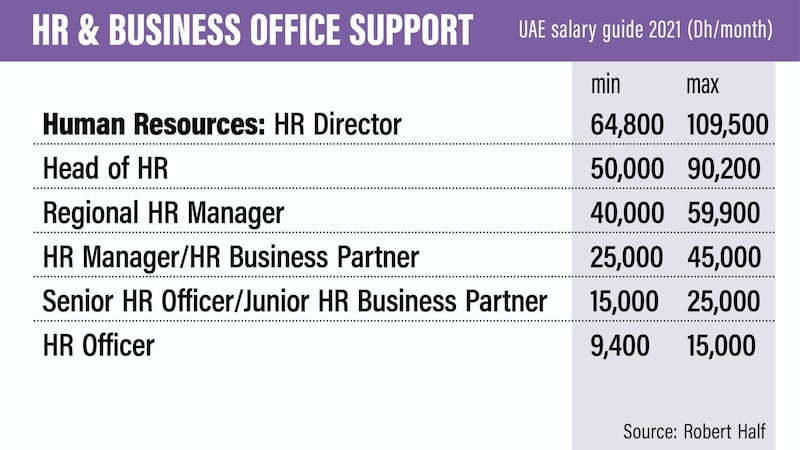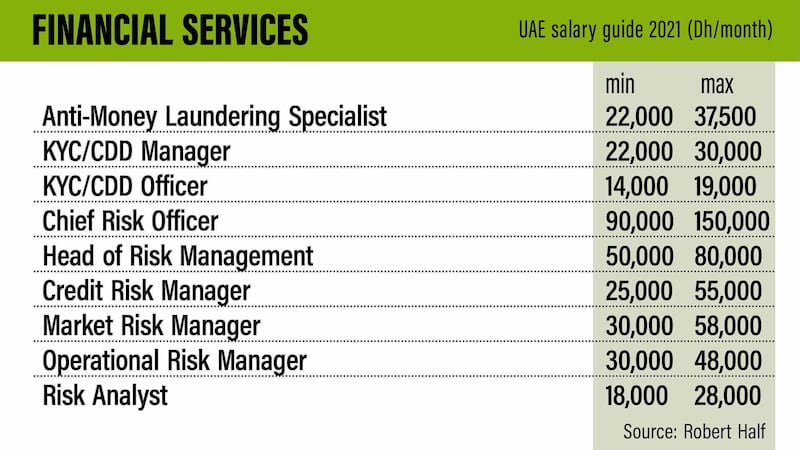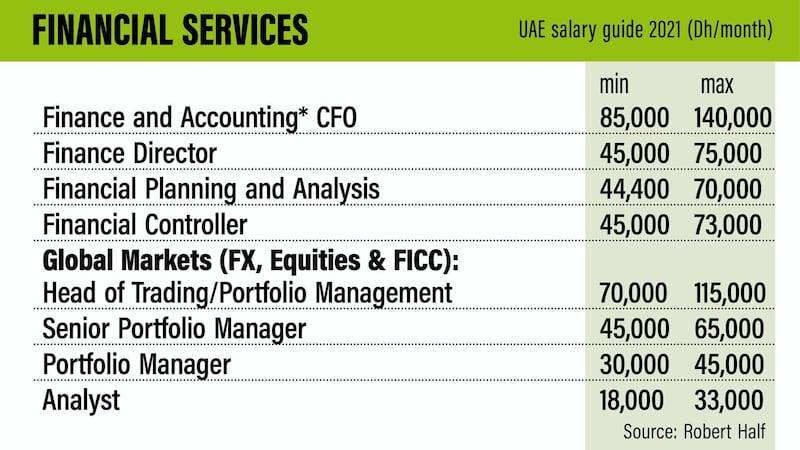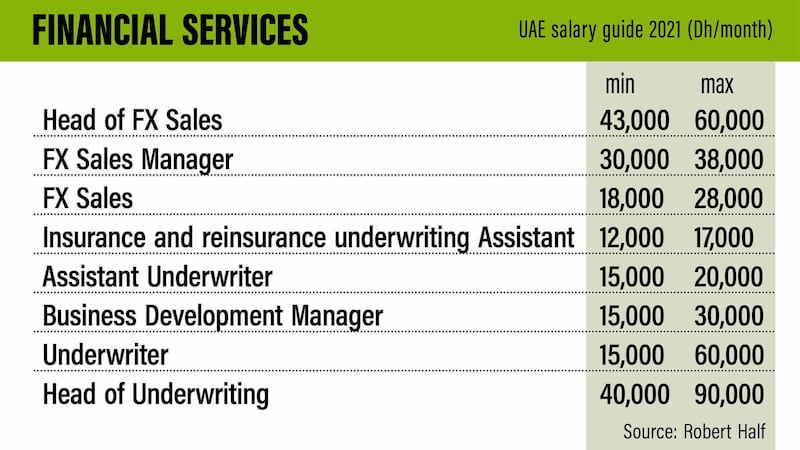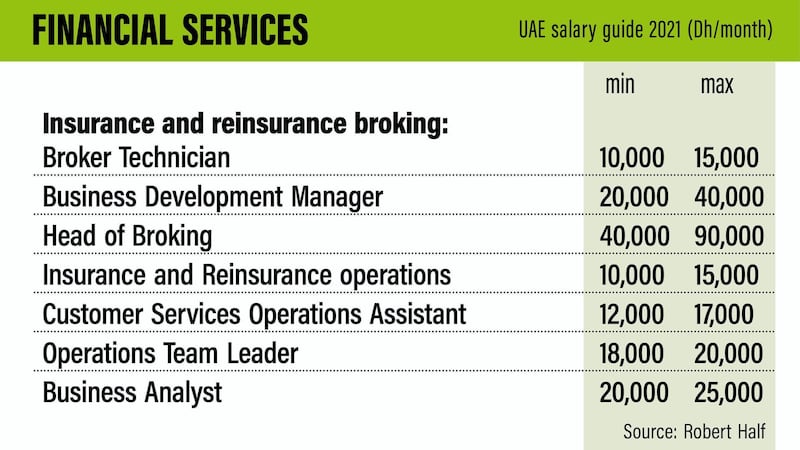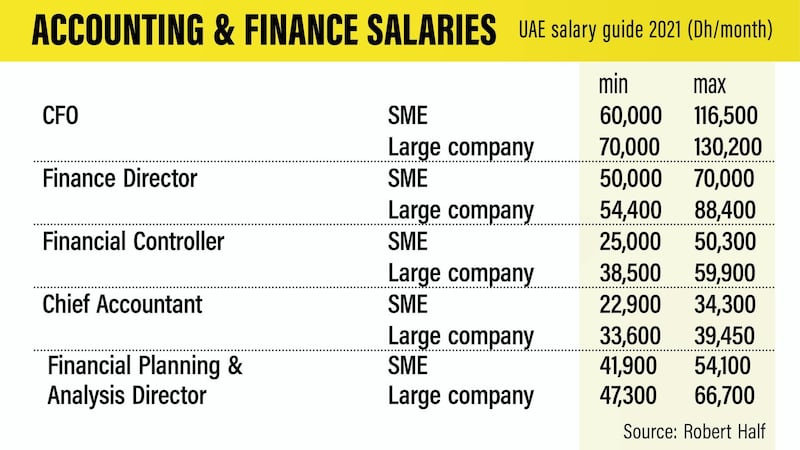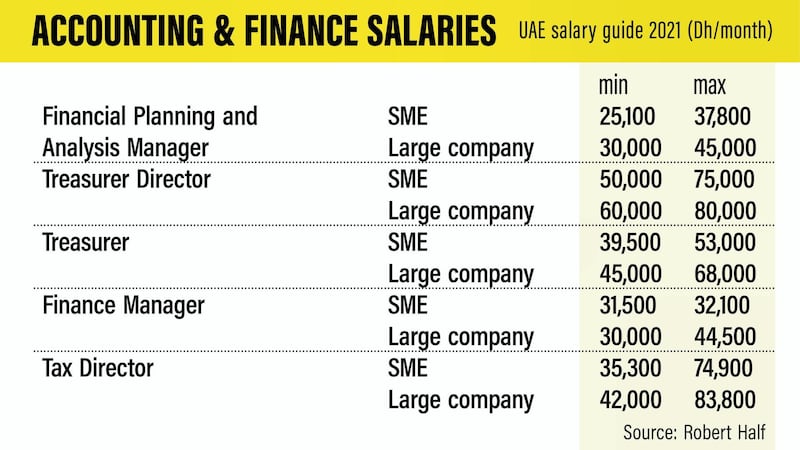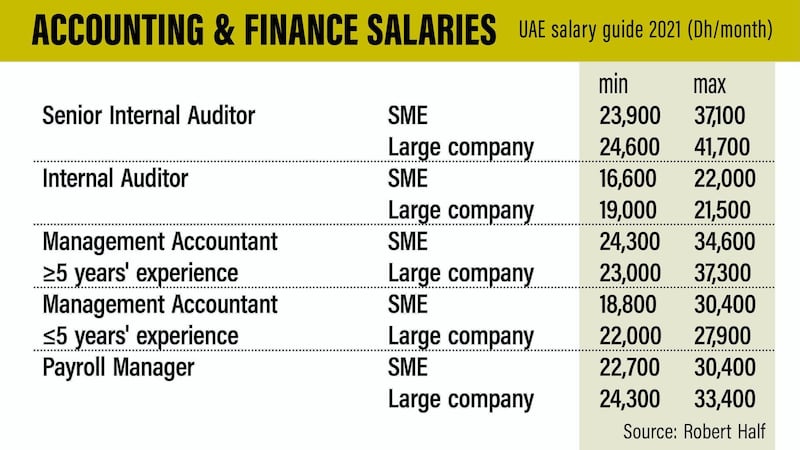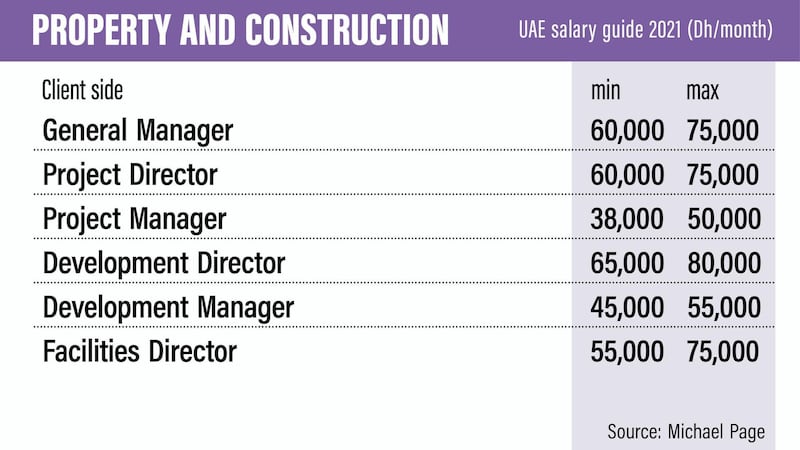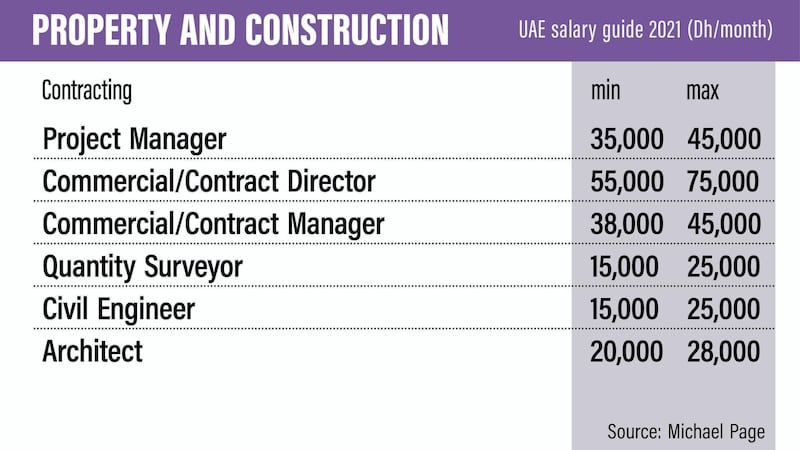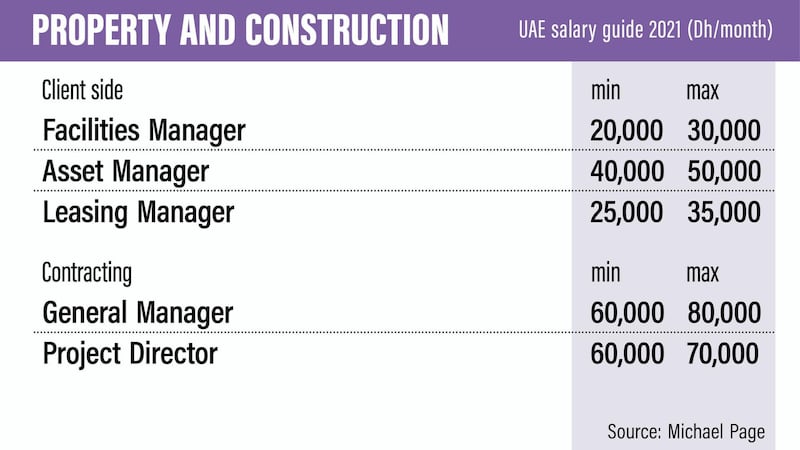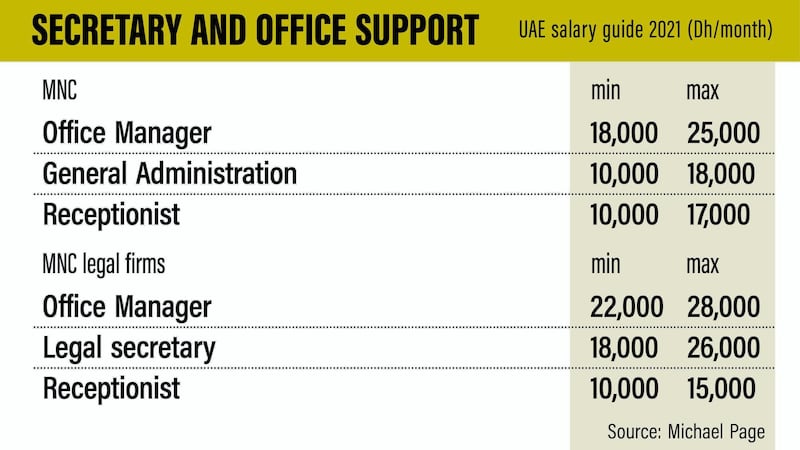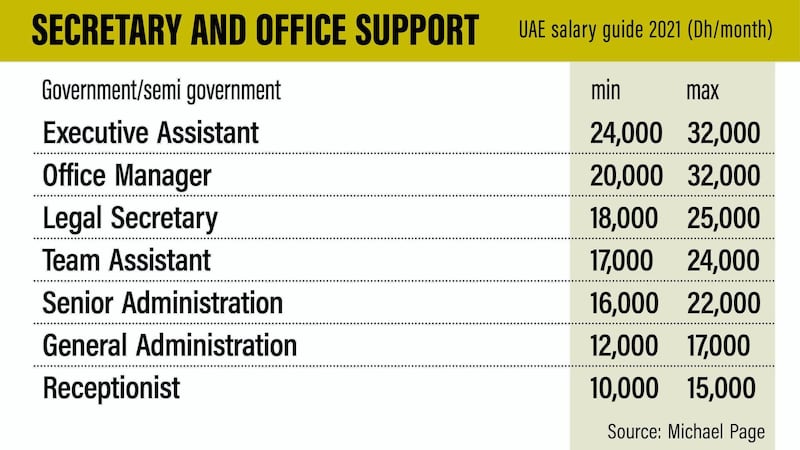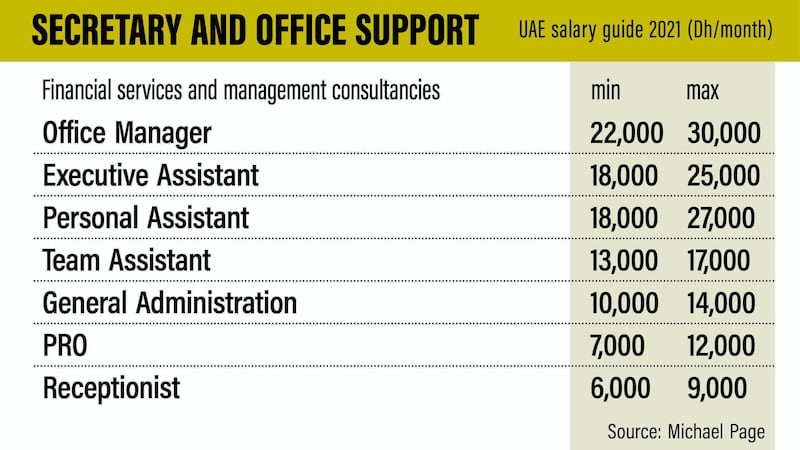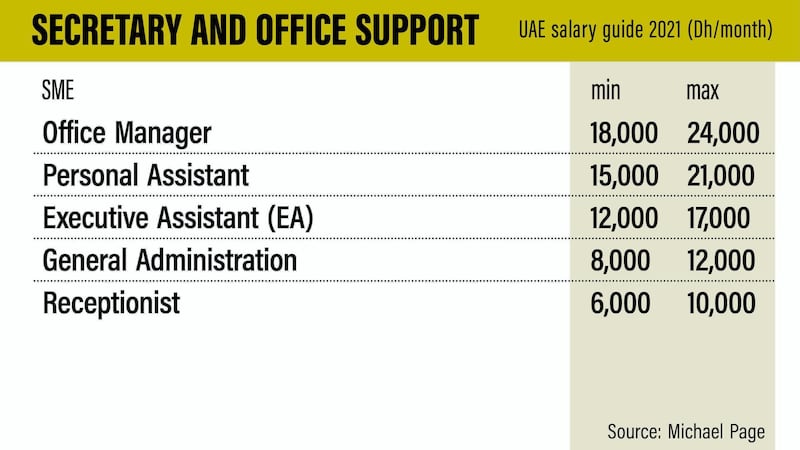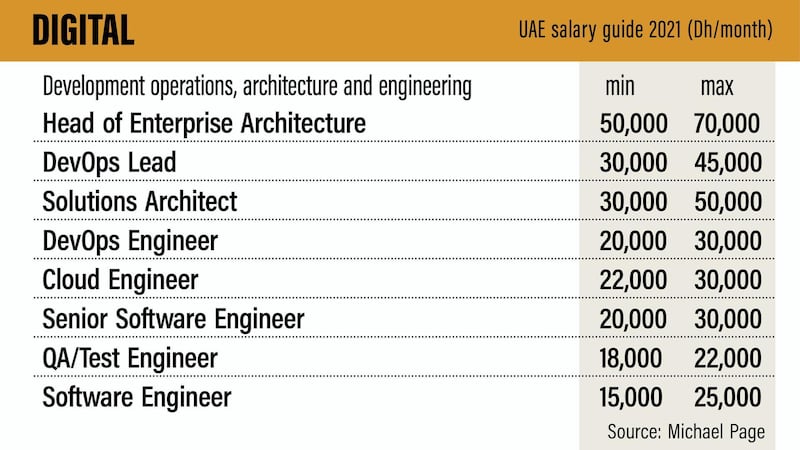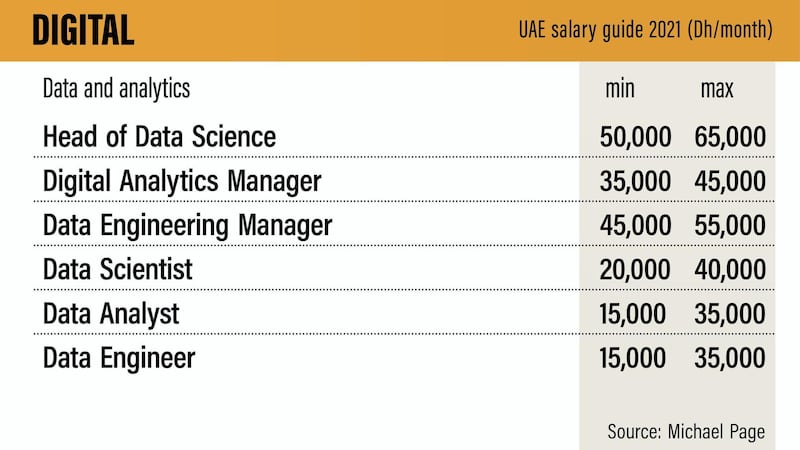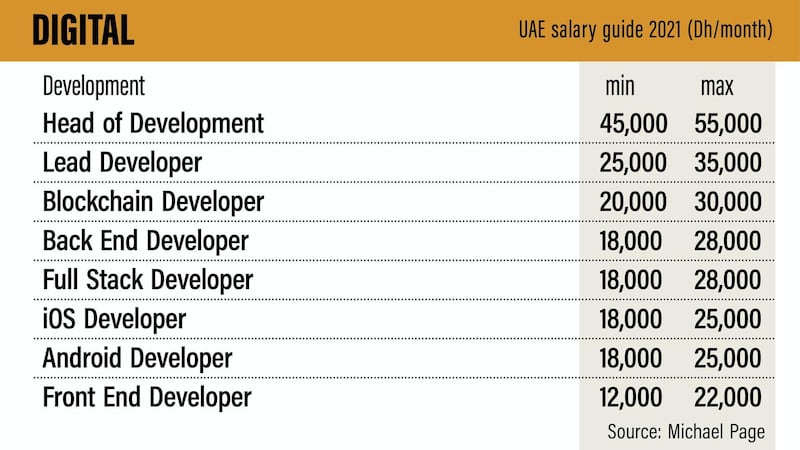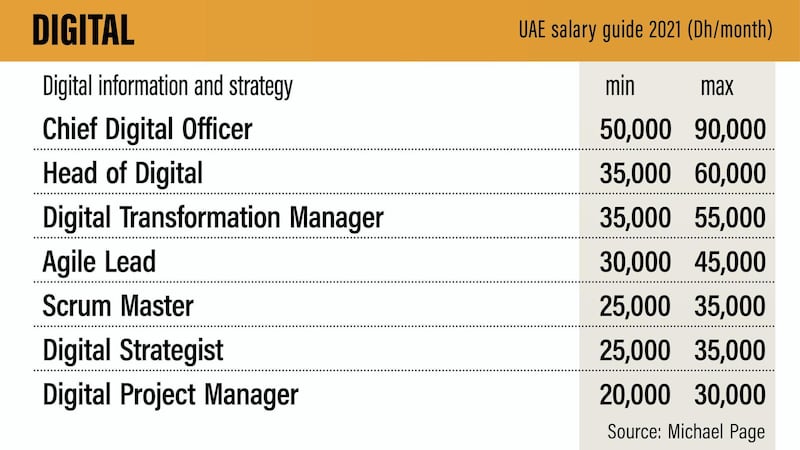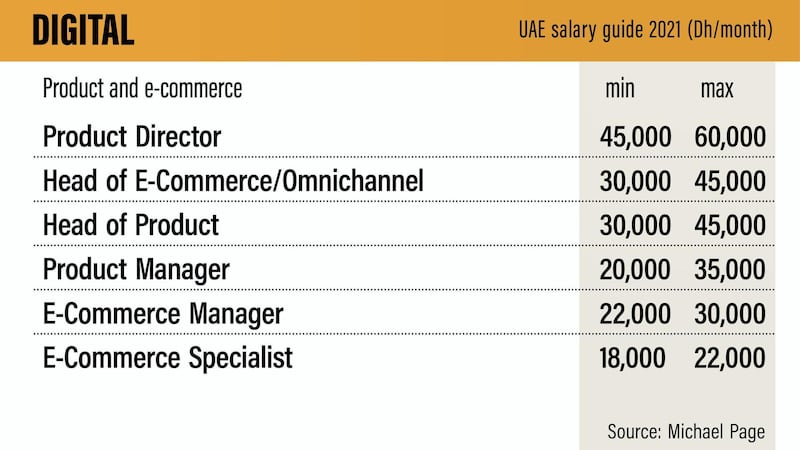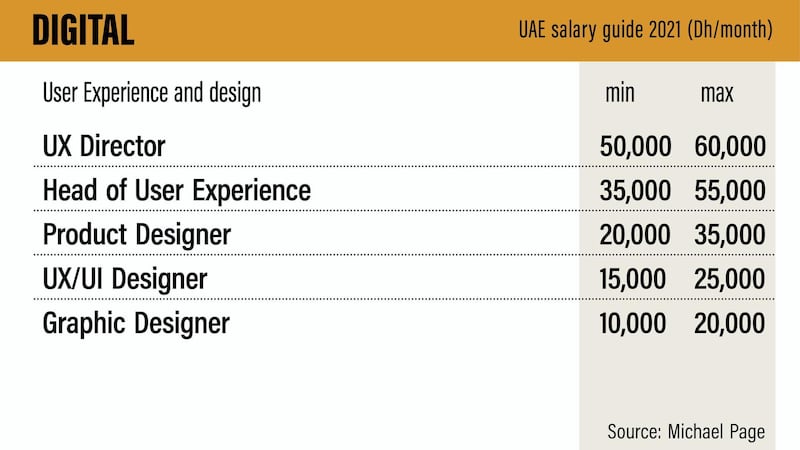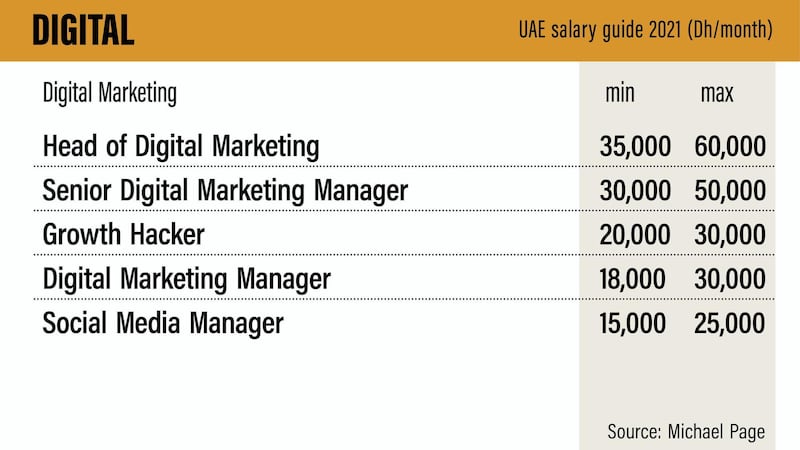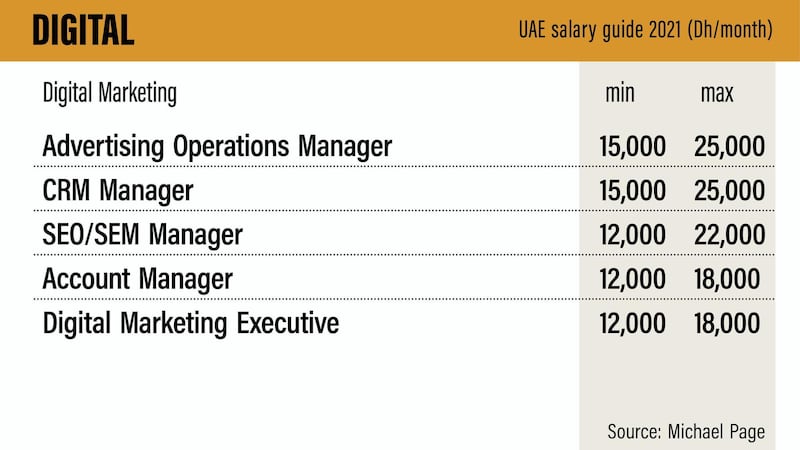The world of work is undergoing great change because of the coronavirus pandemic, leaving millions unemployed and others placed on furlough.
More people are working from home or waiting to restart their business when life returns to some form of normality.
But when people do get back to the workplace, what will it look like?
The McKinsey Global Institute, the research arm of management consultants McKinsey, released a report this week that tries to answer this question.
Instead of considering types of jobs by sector, the company grouped 800 occupations according to how many interactions with other people they involved and assessed how they might be affected.
The report looked at eight countries accounting for half the world’s workforce – China, France, Germany, India, Japan, Spain, the UK and the US.
Here we look at the workplace changes that might be here to stay.
Which sector was hardest hit by coronavirus?
Up to 100 million workers – one in every 16 – in the eight countries featured are likely to have to look not just for new jobs, but new occupations.
In advanced economies, a quarter more people will have to change their field of work than predicted before the pandemic, with “a markedly different mix of occupations” emerging.
“We expect the largest negative impact of the pandemic to fall on workers in food service and customer sales and service roles, as well as less-skilled office support roles,” McKinsey said.
Meanwhile, there will be more warehousing and transport jobs, thanks in part to a growth in e-commerce. But this will not cancel out losses of other low-wage jobs.
McKinsey also forecasts a lasting increase in the number of independent workers – with the "gig economy" accounting for a greater share of the workforce.
Which jobs are most at risk during the pandemic?
- On-site customer interaction
- Leisure and travel
- Computer-based office work
- Indoor production and warehousing
McKinsey claims four types of close-proximity job – indoor production and warehousing, computerised office work, leisure and travel venues (which includes hotels and restaurants) and on-site customer interaction (including retail and hospitality) – are experiencing the most upheaval, in the short and long-term.
"Other work arenas, such as medical care and personal care with high levels of physical proximity, may also see less change because of the nature of the occupations," according to the report.
Tough times for sandwich shops
With more employees working from home, city centres are likely to face permanent reductions in the amount of trade, affecting sandwich shops, coffee shops and other outlets. There will also be less demand for transport services aimed at commuters.
McKinsey forecasts that the work-from-home trend will also have knock-on consequences on where people live and companies base themselves as they “shift out of large cities into suburbs and small cities”.
With face-to-face meetings no longer as important, thanks to the rise of video-conferencing, business travel is forecast to be one fifth lower than before the pandemic, which will hit the aviation industry hard, especially as, McKinsey notes, business travel is particularly lucrative.
What jobs will be lost to automation and artificial intelligence?
McKinsey reports that many companies stepped up investments in automation in factories, warehouses and call centres during the pandemic.
This was driven by increased demand in certain sectors and the need to reduce employee density to prevent coronavirus transmission.
Two thirds of senior executives polled by McKinsey in mid-2020 reported that they were investing more in AI and automation – a trend forecast to continue.
“Companies have enlisted automation and AI to cope with Covid-19 disruptions and may accelerate adoption in the years ahead, putting more robots in manufacturing plants and warehouses and adding self-service customer kiosks and service robots in customer interaction arenas,” the report said.
How many people will continue to work from home?
While the numbers working remotely may tail off once the effects of the pandemic wane, they are expected to remain much higher than before the coronavirus emerged.
McKinsey estimates that one fifth to one quarter of the workforce in the most advanced economies could work from home between three and five days a week.
“This represents four to five times more remote work than before the pandemic,” the company said.
____________
